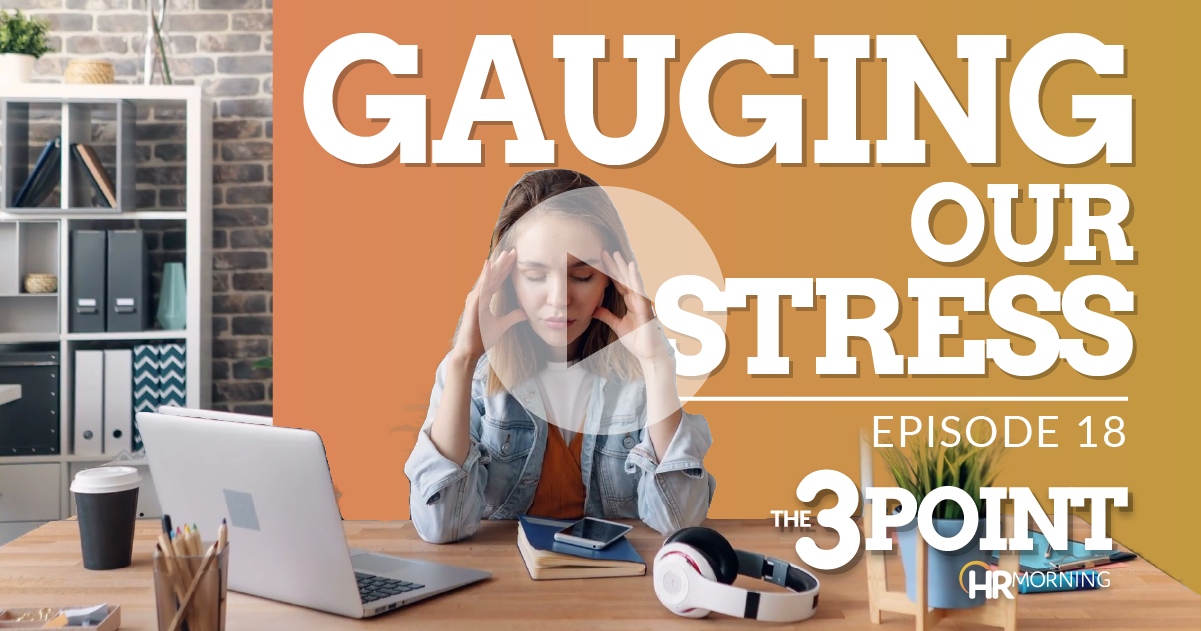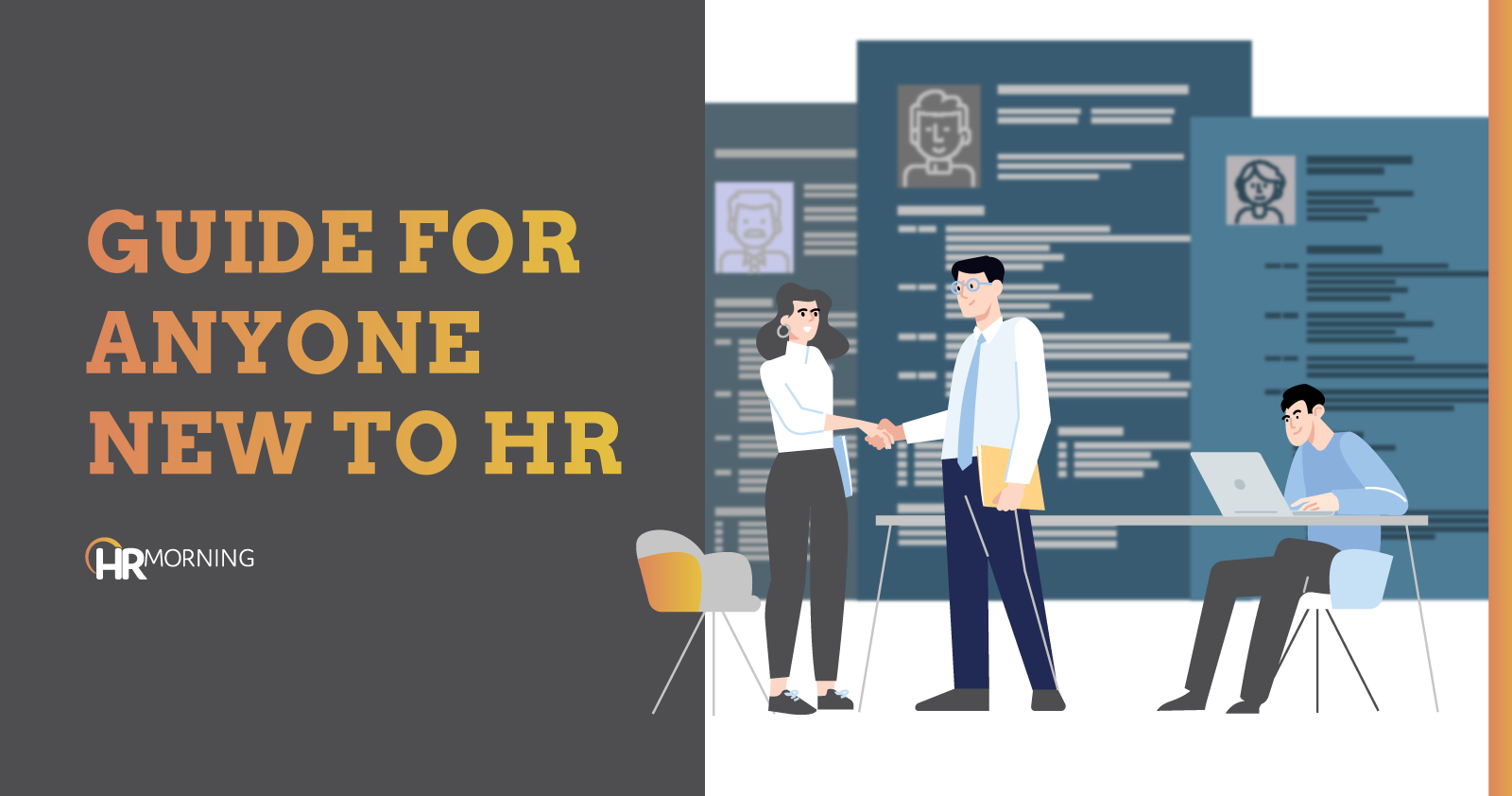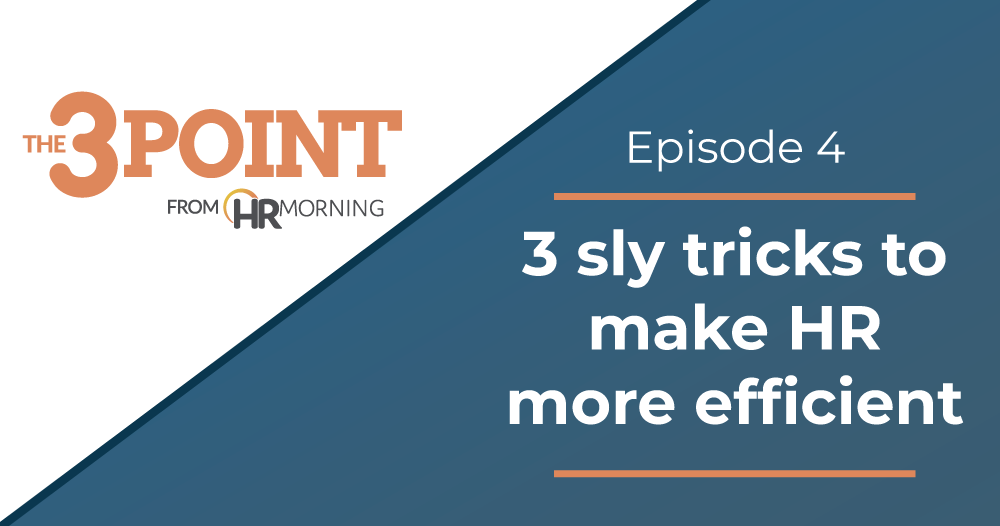And the Oscar Goes to … HR! 4 Ways to Go From Good to Great
Whether you love or hate the Oscars, you have a reason to pay attention next year. That’s because in 2025 someone in HR will win a top prize at the Academy Awards. Can you hear it now? … And the Oscar goes to … HR! The Academy of Motion Picture Arts and Sciences added a…









